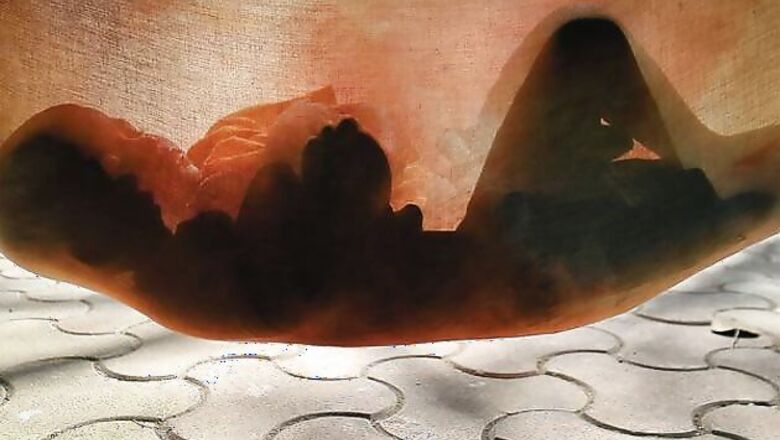
views
The great Mughal emperor Akbar once asked if there was any man in his court unbound by his wife's command. The huge mass of his courtiers and public was stunned and stood huddled together barring one meek-looking man, who stepped away and stood alone. Akbar was curious and asked how such a submissive fellow was the only one brave enough to defy his wife. "I am not defying my wife, sire. I am standing here because she has instructed me to never stand with the crowd!" the man explained.
Prime Minister Manmohan Singh's sudden decision to create a new committee to revise India's official Poverty Line in the face of widespread, but largely ill-informed and misguided, public outburst—the wife in this case—seems to fall under the same category of decision-making. The new committee will replace the method of the committee led by the late Suresh Tendulkar to discover the Poverty Line. A Poverty Line is a basic level of personal consumption expenditure, which governments use as a cut-off level to segregate the poor in the population.
Trouble started when the government policy think-tank, the Planning Commission, released the latest set of poverty estimates on March 19. It said India's poverty estimates had "declined by 7.3 percentage points from 37.2 percent in 2004-05 to 29.8 per cent in 2009-10". Rural poverty had declined by 8 percentage points from 41.8 per cent to 33.8 per cent and urban poverty had declined by 4.8 percentage points from 25.7 per cent to 20.9 percent. Beyond the percentages, for the first time, even the absolute number of poor in the country had fallen, it estimated.
However, the Poverty Line numbers for the year 2009-10—Rs 29 for urban areas and Rs 22 for rural—led to a sudden groundswell of public outrage.
The numbers were sharply criticised because it appeared that the Planning Commission had 'reduced' India's Poverty Line. That is because last September, the Planning Commission's Poverty Line was Rs 32 for urban areas and Rs 26 for rural areas based on the price index of June 2011.
Since prices have gone up by roughly 14 per cent between 2009 and 2011, it was no surprise that the levels for 2011 data were higher than the Poverty Lines for 2009.
But since they were reported in the reverse order, an impression was created that the government had arbitrarily reduced the Poverty Line, especially because the government is struggling to fund its welfare programmes, many of which are targeted at the poorest. As a result, all hell broke loose. The government's allies, as well as the opposition parties, stalled Parliament and demanded the resignation of Montek Singh, the deputy chairman of the Planning Commission.
One Member of Parliament, Jay Panda of the Biju Janata Dal, even started a crowdsourcing experiment on his Facebook page to arrive at a new Poverty Line based on the "average of the guesstimates" of fellow Facebookers. At the last count, the people seem to have "voted" for Rs 102 for urban areas and Rs 66 for rural areas as the Poverty Lines. It is unclear how many of the voters have ever actually lived in a village or would be able to survive on Rs 102 in a city. But none of this is the real issue.
The estimation of a Poverty Line is, and always will be, an academic exercise. "We should leave it for the academics. We should not try to arrive at it democratically since there is no end to this approach," says Himanshu, professor of economics in Jawaharlal Nehru University. "Why don't we just ask the people what India's growth rate is and stop calculating that too?"


















Comments
0 comment